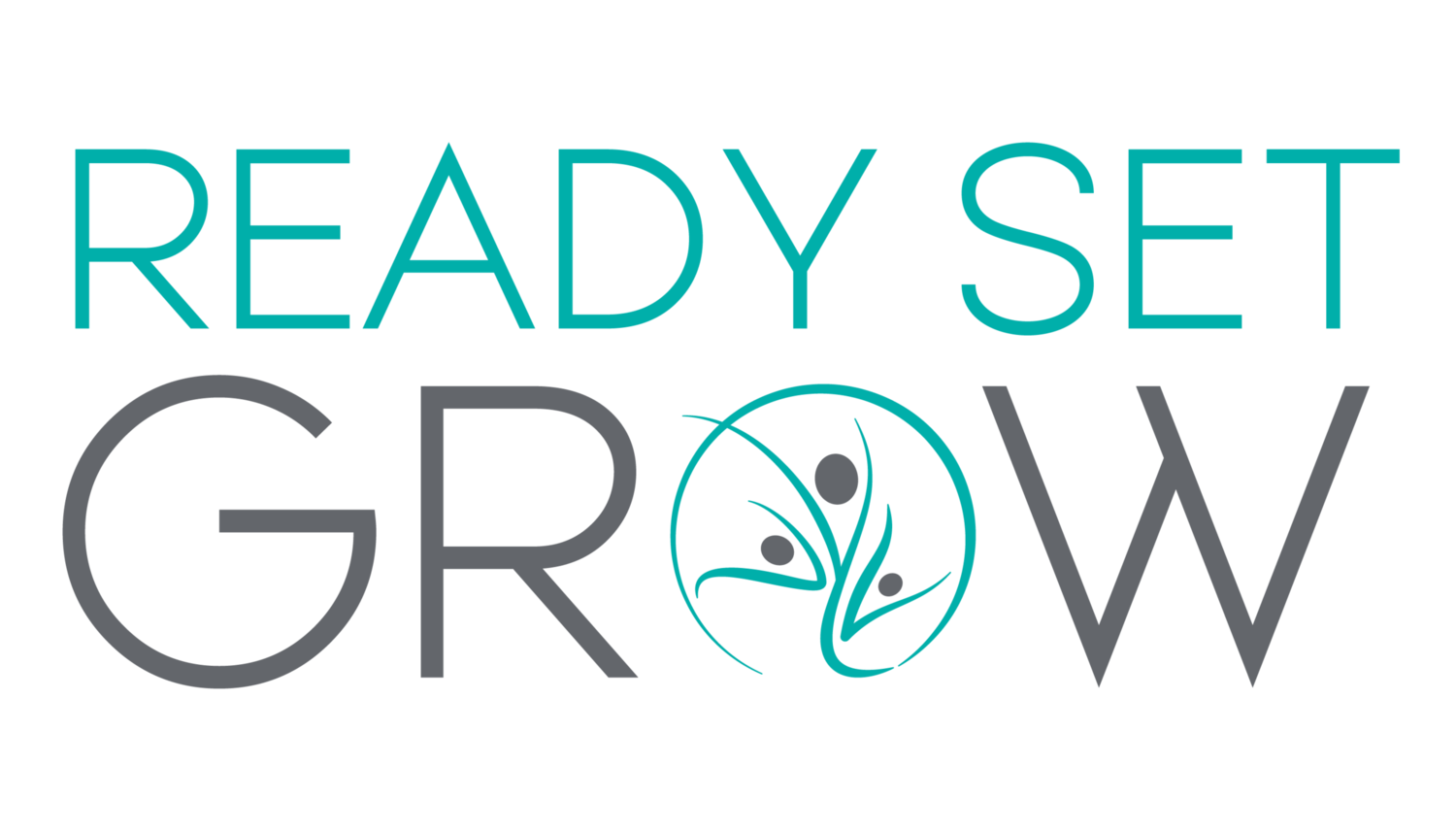You won’t see it written in the ancient texts, but there’s a powerful and palpable connection between yoga and childbirth.
I’m not referring to the many well-recognized benefits of prenatal yoga. Yoga builds strength and cultivates flexibility, eases pain and discomforts, encourages good circulation, enhances digestion, facilitates deeper breathing, soothes the nervous system, promotes restful sleep, and more. And this is not to mention the supportive community and the new friendships forged in a prenatal yoga class that are often sustained well into new parenthood.
There is something beyond even all of that, harder still to define and rarely articulated.
And it’s that… well… yoga prepares the whole person -- body, mind and spirit -- for the transformational process of childbirth.
In yoga philosophy (specifically the Taittiriya Upanishad), we are said to inhabit 5 bodies, or containers, called koshas. Like existential nesting dolls, nestled one inside the other yet paradoxically taking up the exact same space, the koshas are organized from the most gross to the most subtle like so:
Annamaya Kosha, the physical body or literally “food body”
Prananmaya Kosha, the energy body (prana usually translates as “life force,” carried on the breath)
Manamaya Kosha, the mind body or body of thought and emotion
Vijnanamaya Kosha, the wisdom body or the intuition body
Anandamaya Kosha, the bliss body
In the physical yoga practice, we start with the most gross layer, the annamaya kosha or physical body, shifting the orientation of the body, taking on different postures (asanas) and becoming very curious about physical sensation. Then we consciously manipulate the breath, affecting the pranamaya kosha, or energy body in these different positions. Through exploration and felt experience, we begin to understand how changing the shape of the body and deepening the breath can help us move sensation, move energy, often releasing held tension in the body. In this way, we train ourselves to move toward and stay with discomfort, expanding our window of tolerance around unpleasant sensations, and we practice deep connection to the breath, even when the going gets tough.
This experience alone makes yoga a fairly comprehensive lesson in laboring: move, breathe, stay with sensation, repeat.
And then yoga goes even further, taking us into the more subtle terrain of the manamaya kosha, or the mind body. As we move and breathe, we recognize a near constant stream of thoughts and emotions running through the landscape of the mind. Sometimes these thoughts are joyful. Sometimes they are random and distracting. Quite often they are critical (we are prone to compare and judge ourselves and others), self-defeating, self-destructive. In nearly the same way we allow all physical sensation to be a part of our experience, we allow thoughts and emotions to arise even when they are unpleasant We practice noticing without judging, pushing away, clinging to, or clenching around. When we notice we are identifying with the thought or engaging in that inner dialogue, we gently guide ourselves again into breath and sensation.
Holding all experience -- physical, energetic, mental and emotional -- without identifying, puts us in touch with still some deeper Self. We might even ask ourselves… if I’m not my body, breath or thoughts, who am I? Who is the person holding all of this experience?
That next deeper level is the vijnanamaya kosha, the intuition body. This is the aspect of the Self that we get close to during physical yoga practice and this is the aspect of the Self that we rely on during the life-changing journey of childbirth.
To have a relationship with one’s sense of intuition.…
To know the way there is through body and breath...
To know this experientially, to have practiced getting quiet and listening to that inner voice on the yoga mat many times before…
There is nothing more valuable to a laboring person than connecting with intuition.
While childbirth is a challenge of strength and stamina, it is also an outstanding mental and emotional journey, an opportunity to brush against and move beyond perceived limitations. More than a biological process, childbirth is a rite of passage, a sacred threshold. It is a ritual that connects us to the primal, awakens dormant stores of patience, courage, and strength we never knew we had, and transforms us into something we hadn’t been before.
The practice of yoga, too, draws us constantly outside of the familiar, into heightened awareness of sensation and rhythm, forging profound connection with subtler aspects of being. Yoga fortifies our powers of intuition, challenges us to listen, stay with, and lean in, in order to experience ourselves as capable of the extraordinary.
And above all, yoga is a plumb-line to the deepest Self, the anandamaya kosha, which the yogis defined as bliss.
If you move through the whole violent, holy upheaval of breathing a baby into the earth-side world...if you have courage to move through all the layers of being... there is bliss in the end. No matter how hard it has been, this birth journey, you arrive on the other side an expanded version of yourself.
I have a theory that thousands of years ago, the men who were developing the yoga practice, passing down stories (there was an oral tradition) and eventually recording the philosophy, were after that one experience they couldn’t have. That wholeness, that full arrival of giving birth.
In the long history of yoga (origins traced back nearly 5,000 years), it is only just recently that pregnant people have been practicing yoga. I’d be delighted to hear about your birth experiences and any connections you have made between yoga and childbirth. We can begin our own oral tradition that someone may study 5,000 years from now.
--
Resources referenced for this piece:
Ina May’s Guide to Childbirth by Ina May Gaskin
Mindful Birthing: Training the Mind, Body, and Heart for Childbirth and Beyond by Nancy Bardacke
The Upanishads, Introduced and Translated by Eknath Easwaran


